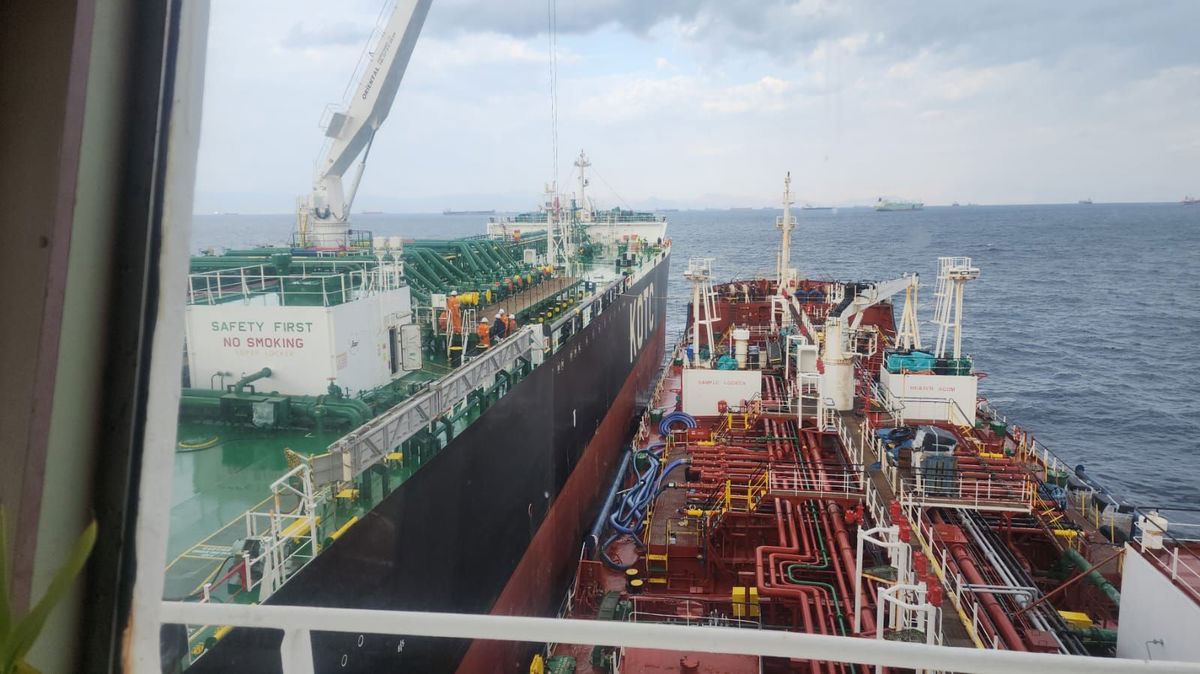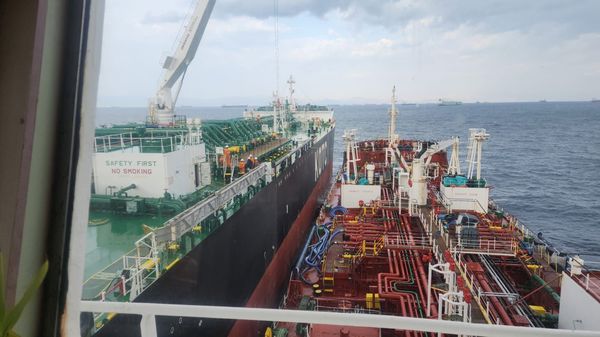FIS: Crude Oil Market Overview: Crude falls ahead of G7 and OPEC+ decisions
Brent saw a high of $88/bbl on 22nd November and a low on Monday of just over $82/bbl, as fuel demand concerns from China continue.
There has been unrest in China as Covid cases increased, and China’s population seems tired of zero-Covid policies. The rollercoaster of restrictions has been happening for weeks and continues to escalate. China is the world's biggest oil importer and the latest unrest has added to concerns about fuel demand in the global market. The Chinese government's latest response is to speed up vaccinations for the elderly over 80 to ease the unpopular curbs.
Russia, another hot topic, would be especially concerned about this as the Europe ban draws nearer. Indian newspaper The Economic Times reported that European customers have already reduced purchases of Russian oil, and that China and India now purchase two-thirds of all the crude exported by sea from Russia. They also said that at least half of the crude exported by pipeline from Russia goes to China.
OPEC+ will be concerned about the impact on prices, and there are rumours that the group will agree to reduce output at its next meeting on 4th December. Reuters reported that OPEC+ considers reducing production by 2 million b/d through 2023.
There is also the G7 price cap on Russian oil to consider. G7 nations and European allies are split on how much Russian oil prices should be capped by. Some, like the U.S. oil industry vet and commentator David Blackmon, think the cap is a joke. He said Russia is already selling its oil to China and India at prices in the proposed range, so the cap will not, in fact, cap anything at all. Some think the caps band between $65-70/bbl is too low, while others think it’s too high.
It will be interesting to see how G7 discussions and the OPEC+ meeting unfold. Price caps, sanctions and OPEC+’s reaction could unravel the global oil market.
Written and edited by Mopani Mkandawire





